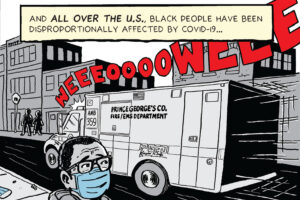
I’ve been working the last three months on a 10-page comic about COVID-19, “Black immunity,” and historical health inequities. Titled, “A Tale of Two Pandemics: Historical Insights on Persistent Racial Disparities,” it was published yesterday by Journalist’s Resource (out of Harvard’s Shorenstein Center).
The piece springs from the work of three doctors — Lakshmi Krishnan, S. Michelle Ogunwole, and Lisa A. Cooper — and a recent paper they wrote for the Annals of Internal Medicine. In their paper, they discuss the similarities between the COVID crisis and the 1918 “Spanish Flu” pandemic, particularly racial health disparities and the spread of misinformation.
With their piece and my interviews with them as the frame, I take readers through some of the misinformation about coronavirus circulating on social media, and the impact of that on communities of color, particularly given that African Americans have been dying at a much higher rate than white Americans during this crisis.
I learned a lot while working on this piece — particularly the insidious myth of “Black immunity” to disease that was used in our country as rationale for all sorts of horrible things, from Benjamin Rush urging Philadelphia’s Black citizens to act as nurses for white people during the 1793 Yellow Fever outbreak, to J. Marion Sims’ 19th-century experiments on enslaved Black women, to the infamous 20th-century Tuskegee syphilis study.
No wonder polls show that many African Americans are distrustful of any potential COVID vaccines in the offing!
But I also learned about the work of Black newspapers and columnists from the World War I era, who worked to combat misinformation about the Spanish flu as it related to their readers. So one thing I really appreciate about the doctors’ paper and my conversations with them is their commitment to finding paths forward — like working with “trusted voices” and with modern organizations devoted to protecting the lives of BIPOC. As we enter a new, deadlier third wave of the virus, that’s something to look forward to.
Right?
Anyway, check out the story (and looks for cameos from Idris Elba, Cardi B, and Ariana Grande!): https://journalistsresource.org/studies/society/public-health/pandemics-comic-racial-health-disparities/
P.S. As a companion piece to the story, Journalist’s Resource also published a Q&A with me on comics journalism and my particular approach. You can find it here: https://journalistsresource.org/coronavirus-research/documenting-pandemic-comics-journalism/

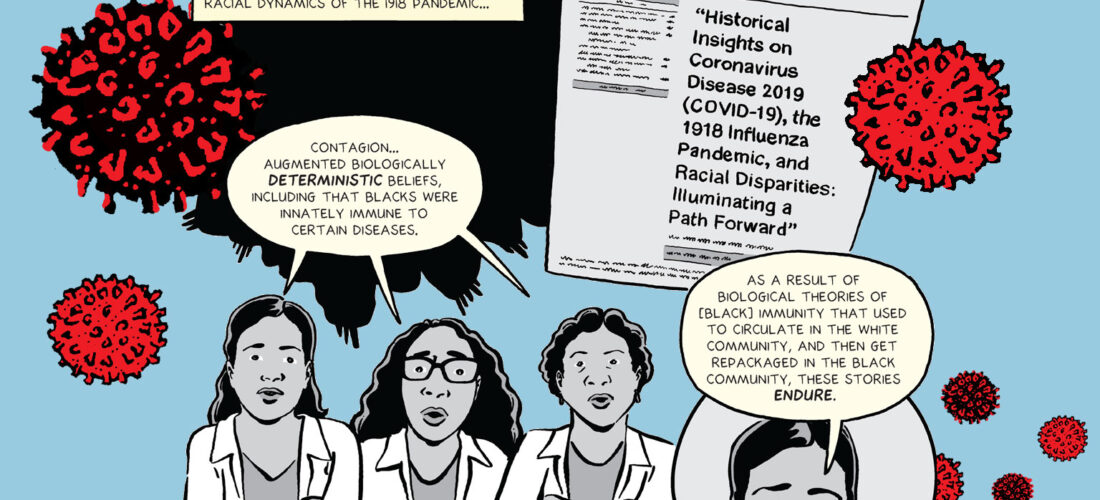
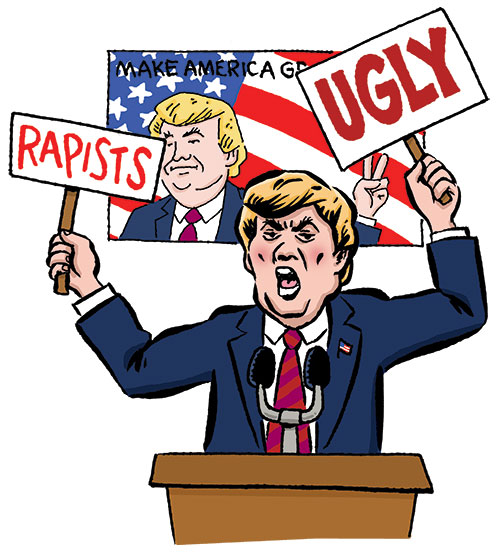

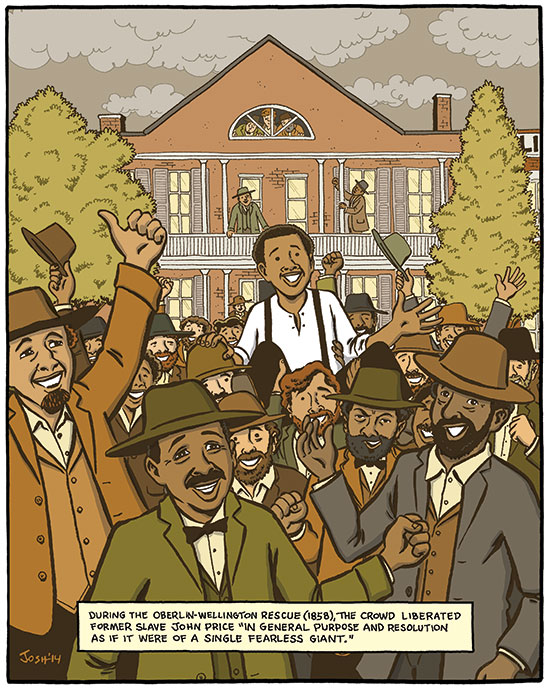
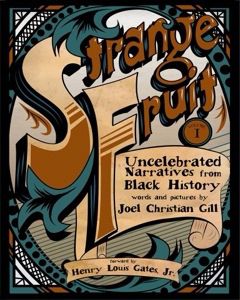 In 2007 Boston-area cartoonist
In 2007 Boston-area cartoonist